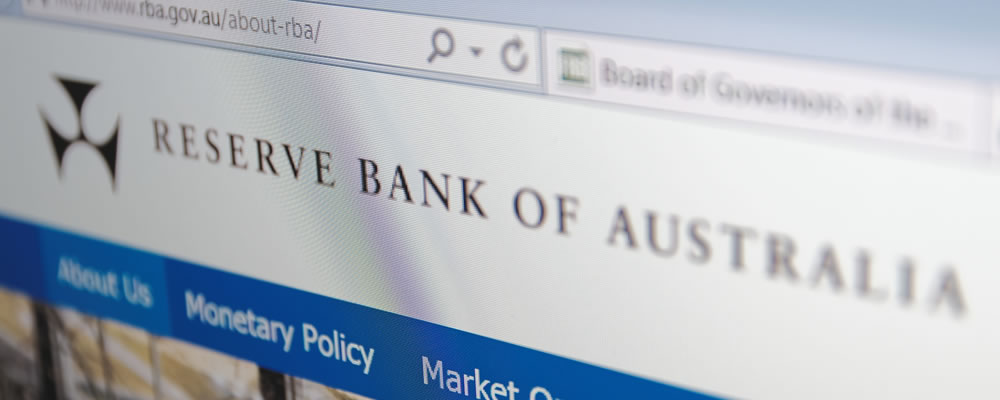- Euro Australian Dollar Exchange Rate Near 1.52 – Pair fluctuates on Monday
- Downgraded RBA Forecasts Hurt AUD – RBA’s Debelle fails to support ‘Aussie’ much
- EUR Forecast: Slew of Data Due Tuesday – Including German growth and inflation
- AUD Forecast: Wage Data Due Wednesday – Could boost AUD if it impresses
Despite a lack of reasons to buy the Euro in recent weeks, the Euro Australian Dollar exchange rate has advanced due to broad weakness in the ‘Aussie’. The pair could see a reversal in the coming days though, depending on the results of Australia’s latest wage growth results.
EUR AUD edged higher last week, opening at the level of 1.5167 and climbing to the level of 1.5210. Since markets opened this morning, the pair has fluctuated but generally trends above the level of 1.5220.
Euro (EUR) Strength Limited by European Central Bank (ECB) Outlook
The Euro has trended within a relatively tight range throughout November so far, as late-October’s European Central Bank (ECB) policy decision has left investors hesitant to keep buying the shared currency.
The bank announced that it would be cutting but extending its quantitative easing (QE) scheme. QE is now set to expire in September 2018, though the bank did assert that it could still extend the program further if necessary.
ECB officials have repeatedly said that so long as QE was in place, it is highly unlikely that Eurozone interest rates would be hiked either. The bank also predicts that Eurozone inflation will slow in 2018, giving more leeway to keep monetary policy loose.
Overall, the bank is now not expected to make any adjustments to monetary policy until September at the earliest, which has left the Euro range-bound despite strong Eurozone ecostats.
Monday saw ECB Vice President Vitor Constancio reassert the bank’s position on monetary policy and inflation;
‘We are not yet fulfilling our mandate and that is why monetary policy will have to continue to be very accommodative, assuring favorable financial conditions to foster growth and spur wages and prices’
This is the main reason that recent Eurozone data has had little effect on the shared currency’s movement.
Strong Eurozone PMIs and retail sales stats last week helped the currency to avoid falls, but it didn’t strengthen notably either, and the latest EUR AUD gains were largely due to weakness in the Australian Dollar.
Australian Dollar (AUD) Movement Limp Despite Debelle’s Optimism
Reserve Bank of Australia (RBA) Deputy Governor Guy Debelle appeared to be optimistic about Australia’s economy during a speech held during Monday’s Asian session – but this hasn’t really led to a significant rise in demand for the Australian Dollar.
Australia’s economy is typically mining-heavy, but in Debelle’s speech he noted that business investment in Australia was rising – despite the strong Australian Dollar.
Debelle also added to hopes that Australia’s concerning wage growth situation would naturally improve as a result of the strengthening business investment. In a Q&A following his speech, he stated;
‘The fact that we’re starting to see a change in mindset from the corporate sector around the willingness to invest, around the willingness to hire, gives you some hope that eventually we might get into a world where we start to see those wage price pressures emerge’
It’s likely the Australian Dollar was unaffected by his speech due to the cautious side-comments he made regarding monetary policy however. He reasserted that the bank would not consider tightening monetary policy until domestic wages and inflation had strengthened.
‘Are we just going to jack up rates to see how the household sector lives with that? I don’t think so,
If rates were materially higher, then the household sector would have trouble servicing their mortgages — we know that — and you have to think about what the environment is that rates are going to be going up in, it’s going to be an environment where the economy is stronger.’
Euro Australian Dollar Exchange Rate Forecast: Australian Wage Data in Focus
Tuesday will see the publication of a slew of notable Eurozone ecostats, but unless they change the affect the European Central Bank (ECB) outlook in some way, the data is unlikely to hugely influence Euro movement.
The day will include preliminary Q3 Gross Domestic Product (GDP) projections from Germany, Italy and the Eurozone as a whole, as well as German inflation stats and ZEW’s latest economic sentiment surveys for Germany and the Eurozone.
The NAB’s Australian business confidence survey from October will also be published, but Australian Dollar traders are more likely to be highly anticipating another report – due Wednesday.
On Wednesday, Australia’s Q3 wage price index report will be published. Wages are forecast to have improved from 0.5% to 0.7% quarter-on-quarter and from 1.9% to 2.2% year-on-year.
Due to the recent importance the Reserve Bank of Australia (RBA) has put on wages, a better-than-expected wage growth report could lead to much stronger demand for the Australian Dollar in the coming days.
EUR AUD Interbank Rate
At the time of writing this article, the Euro Australian Dollar exchange rate trended in the region of 1.5238. The Australian Dollar to Euro exchange rate traded at around 0.6560.



